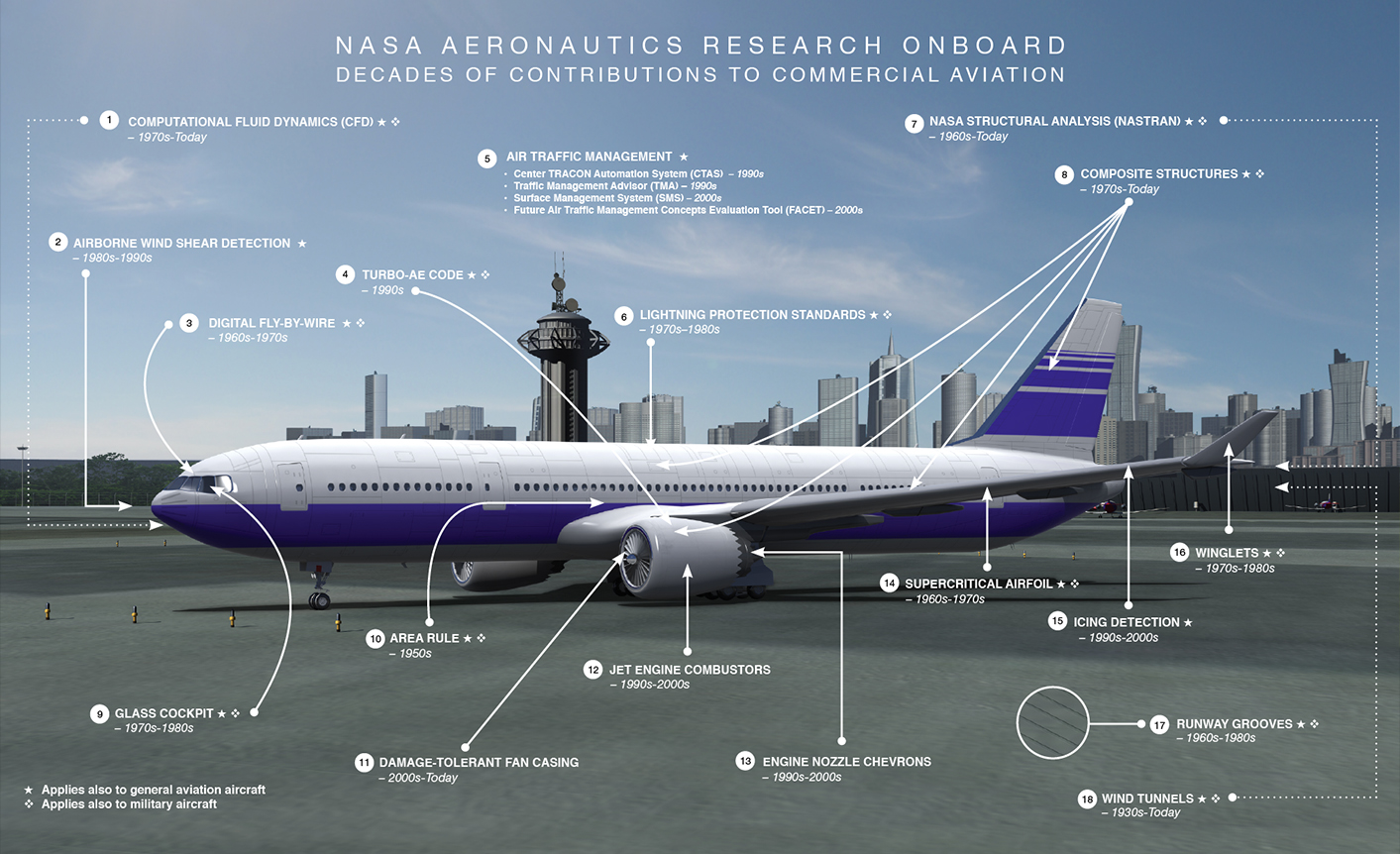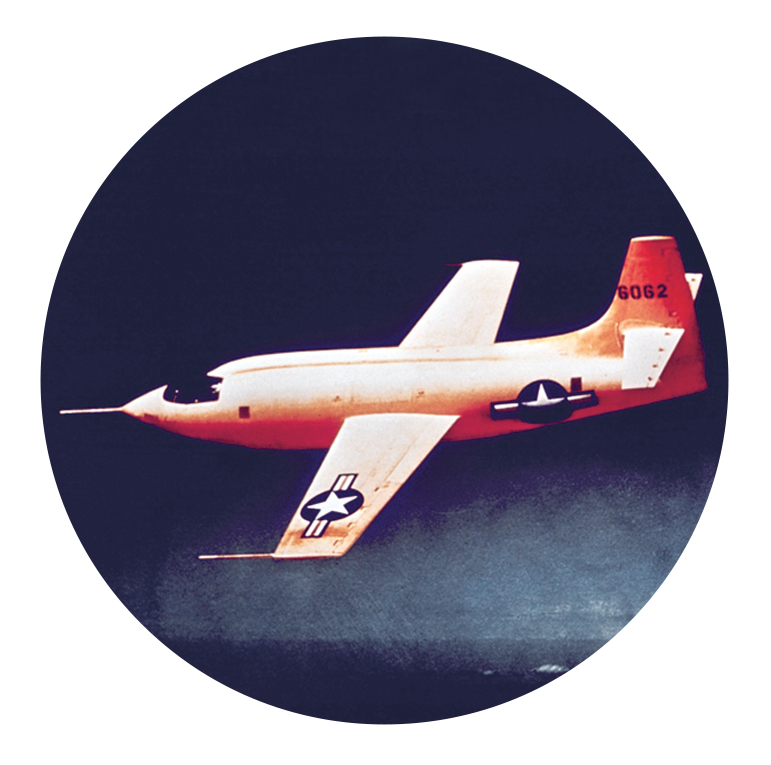 Bell X-1
Bell X-1First designated X-plane, and first piloted plane to fly faster than the speed of sound, or “supersonic” in level flight.
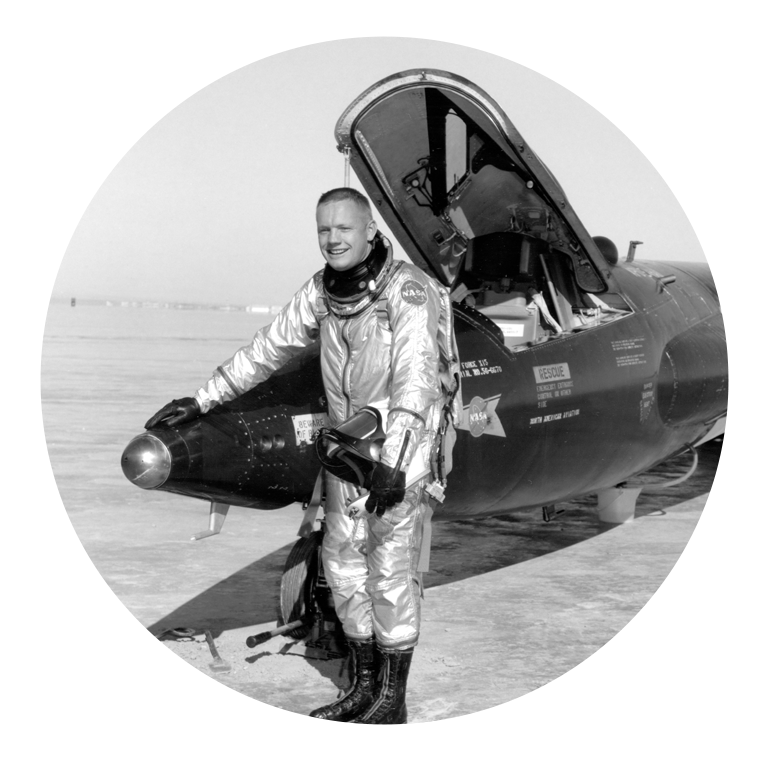 X-15
X-15Holds the unofficial world speed and altitude records for an airplane of Mach 6.7 and 354,200 feet. Before he was an astronaut, Navy pilot Neil Armstrong flew the X-15 seven times.
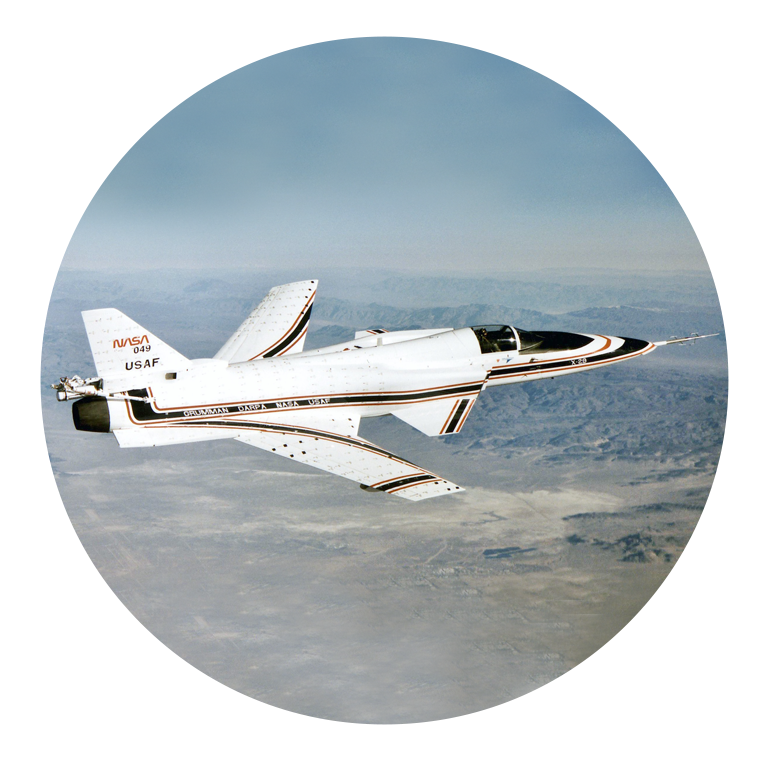 X-29
X-29Built of carbon fiber composite material to allow greater flexibility, the X-29 was the first forward swept wing aircraft to fly at supersonic speed in level flight.
Current & future research
NASA also is working hard on future technology, including:
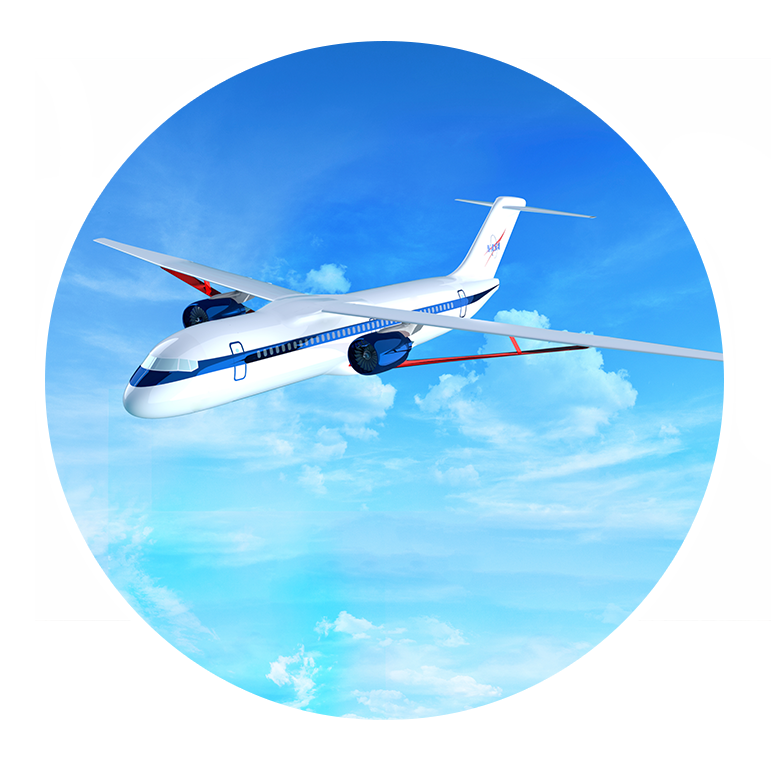 Ultra-Efficient Transport
Ultra-Efficient TransportWe are developing and testing new green technologies for next generation commercial aircraft.
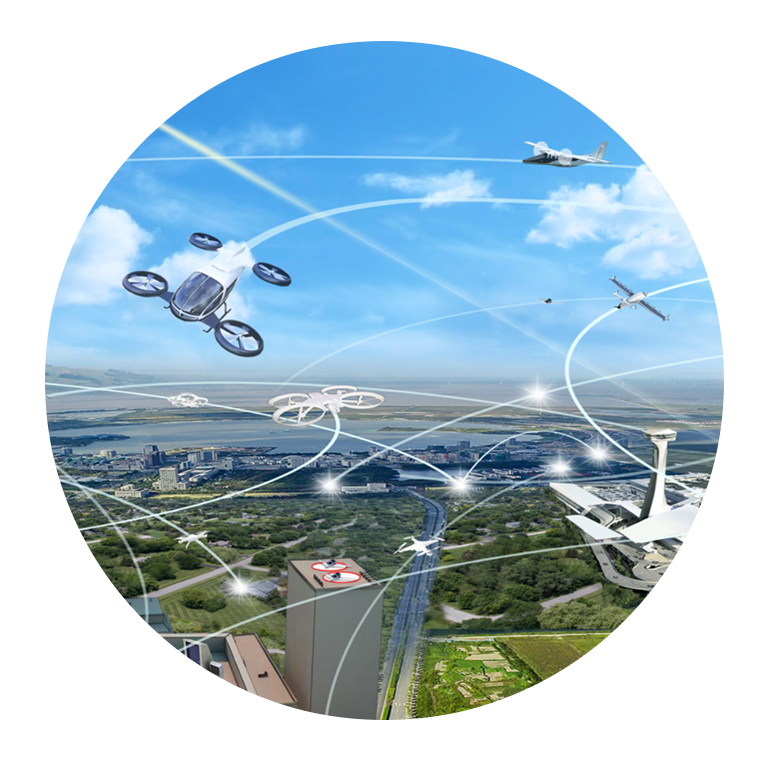 Future Airspace
Future AirspaceWe are developing new automation tools for a future airspace system where vehicles safely travel on flight paths with minimal climate impact.
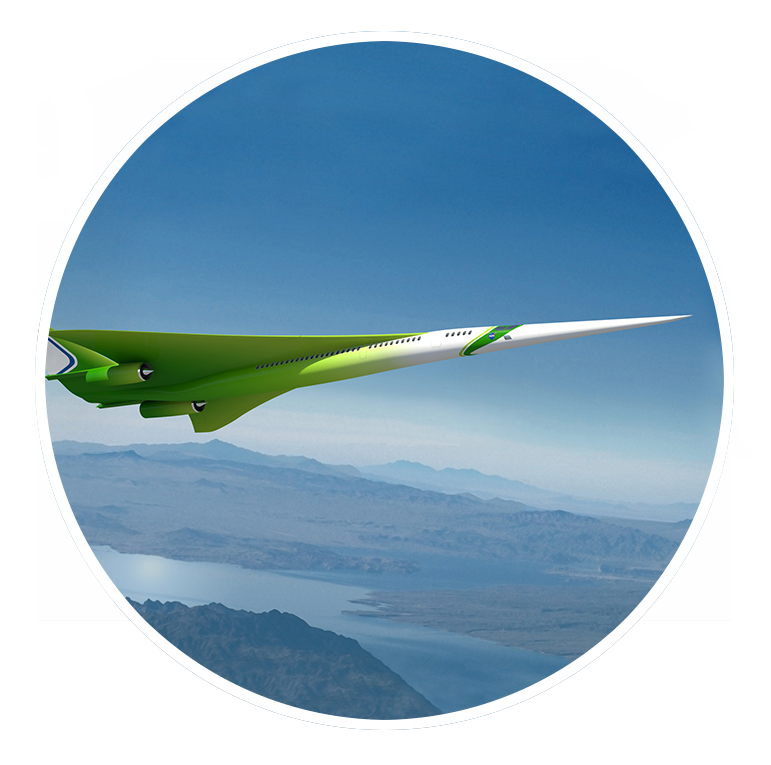 High-Speed Commercial Flight
High-Speed Commercial FlightWe are removing barriers to commercial supersonic flight over land by proving that we can eliminate the sonic boom.
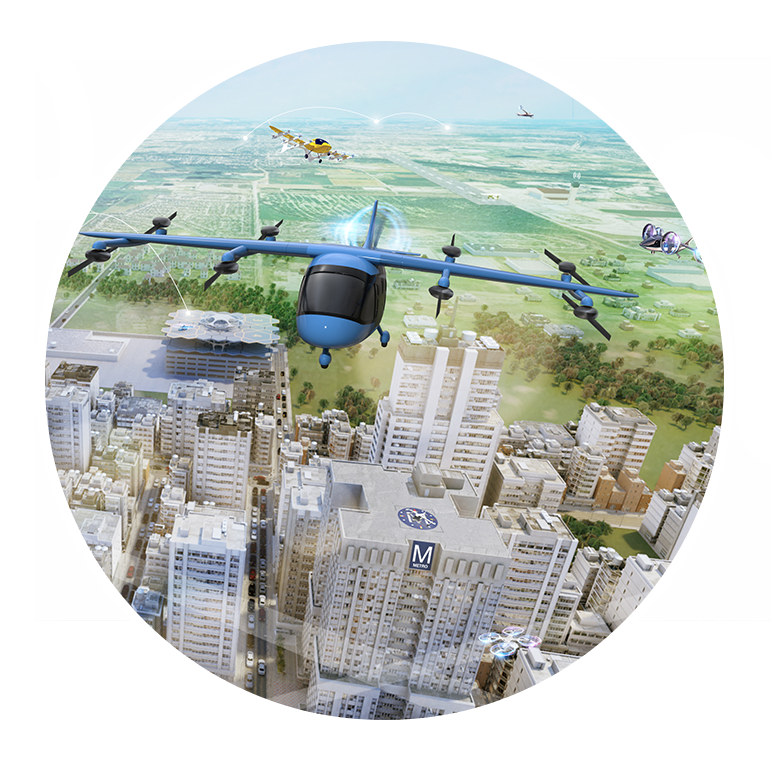 Advanced Air Mobility
Advanced Air MobilityWe are transforming the way people and goods move the skies with new air vehicles and at all altitudes.

